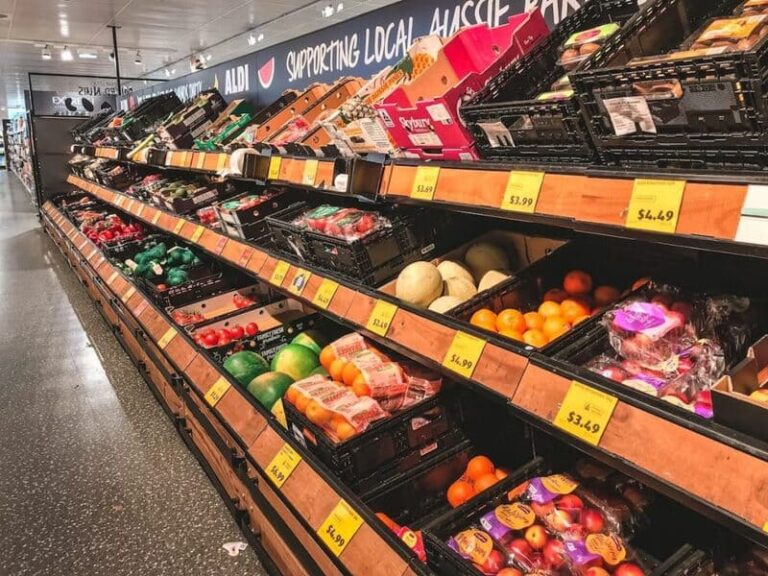Non-tariff barriers to trade are trade restrictions. States can get creative when restricting trade, as they have shown over the past several centuries. Not all of the non-tariff barriers to trade violate the General Agreement on Tariffs and Trade. The General Agreement on Tariffs and Trade is the major free trade agreement that was signed by 23 nations in 1947. It has since been replaced and upgraded by the World Trade Organization (WTO). The WTO has 159 members and was updated in Geneva in 2022. The United States is a member. Do you think the United States will be hindered in its protectionist policies by its membership in the World Trade Organization?
NEW YORK, NEW YORK – AUGUST 02: Traders work on the floor of the New York Stock Exchange during afternoon trading on August 02, 2024 in New York City. Stocks closed low after the July jobs report showed a slowdown in the labor market, with the Dow Jones closing with a loss of over 600 points after being nearly down 1000 points, and the Nasdaq closing at a loss of over 400 points. (Photo by Michael M. Santiago/Getty Images)
Non-Tariff Barriers to Trade
There is much ado recently about the tariff policy of the United States. The most visible manifestation of these potential tariffs is to drive equity prices into wild swings. The will swing in stock market will swing, affecting many Americans. What will affect them more is when prices rise, as they will in response to tariffs. To the Trump Administration’s credit, they have been up front in telegraphing their protectionist policies. However, for centuries, almost every country has attempted to skirt tariff restrictions with a variety of non-tariff barriers to free trade.
Administrative and Bureaucratic Delays
Administrative and bureaucratic delays at the border are common non-tariff barriers to trade. Delays generally increase uncertainty and the cost of maintaining inventory. Trade officials can be very slow, even slothlike, when these rules on delays are in place.
Censorship
Testifying before the United States Senate Committee on Finance, Subcommittee on International Trade, Customs, and Global Competitiveness on “censorship as a non-tariff barrier” in 2020, Richard Gere stated that economic interest compel studios to avoid social and political issues Hollywood, “Imagine Marty Scorsese’s Kundun, about the life of the Dalai Lama, or my film Red Corner, which is highly critical of the Chinese legal system. Imagine them being made today. It wouldn’t happen.”
Embargoes
Embargoes are the outright prohibition of trade in certain commodities, typically enforced by the military. This is the most aggressive type of non-tariff barrier to trade. Embargoes, or the less extreme restriction in the form of quotas, may be imposed on imports or exports for goods supplied from specific countries. In the most extreme form, embargoes may be applied to all goods shipped from certain countries. Embargos should not be confused with blockades, which are an act of war.
Foreign Exchange Restrictions and Controls
Foreign exchange restrictions and foreign exchange controls occupy an important place among the non-tariff barrier regulatory instruments of foreign economic activity. Foreign exchange restrictions are the management of transactions between national and foreign operators, either by limiting the supply of foreign currency or by state manipulation of exchange rates. This is a type of non-tariff barrier to trade that is difficult to detect and meant to skirt free trade agreements.
Import deposits
Another example of a non-tariff barrier to trade is import deposits. Under this restriction, an importer must pay the recipient country’s central bank or another bank a non-interest-bearing deposit for a specified period, in an amount equal to all or part of the cost of the imported goods. This is another type of non-tariff barrier to trade that is difficult to detect and meant to skirt free trade agreements.
Other non-tariff barriers to trade include: Administrative regulation of capital movements, Licenses (the most common non-tariff barriers to trade), Localization requirement, Standards, and Quotas (similar to licensing). Some of the non-tariff barriers to trade are also difficult to detect and are meant to skirt free trade agreements.
Conclusion
It remains to be seen if the Trump administration will impose tariffs, as promised. If they want to go another route to restrict trade, they can employ some of these non-tariff barriers to trade. They can use some of these tools to restrict trade, and ‘punish’ the countries that have taken advantage of the United States.








